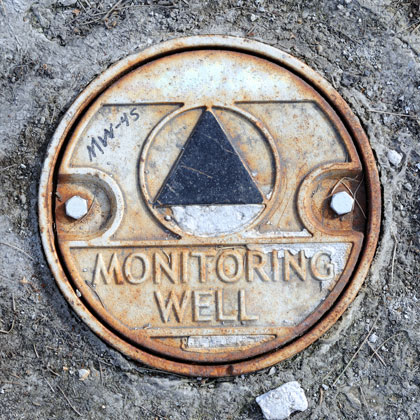Does air pollution increase fresh water availability?

Does air pollution increase fresh water availability?
Why recent improvements in air pollution may have shrunk river flows in the northern hemisphere.
Original Paper:
Gedney N, Huntingford C, Weedon GP, Bellouin N. et al. 2014. "Detection of solar dimming and brightening effects on Northern Hemisphere river flow." Nature Geoscience. Online. DOI: http://dx.doi.org/10.1038/ngeo2263
Over the past 40 years, parts of the world have made important strides in reducing air pollution from major sources such as automobiles and power plants. In addition to making skies clearer, reducing these emissions has led to sizable health and environmental benefits. But such air quality improvements can also have unexpected consequences, including a reduction in freshwater availability.
In the 1970s, much of the Northern Hemisphere's air was loaded with aerosols due to air pollution. As more of these particles entered the atmosphere, less sunlight (0.5 percent less in Europe) was able to reach the ground. A recent study in Nature Geoscience was able to formally detect and quantify the effect of aerosol concentration on river flows during that period.
A team of hydrologists and meteorologists from the UK and France examined four major factors that affect river flow. In addition to aerosol concentration, the team considered carbon dioxide concentration (which can affect the rate at which plants release their moisture as water vapor), changing vegetation patterns due to human development, and the Earth's climate. Their results showed that greater aerosol concentration significantly increased flows in select major rivers European and North American rivers. Most dramatically, some central European rivers saw flow increases of up to 25 percent from aerosols alone. As Europe has improved its air quality over the last 20 years, contribution to river flows by aerosols shrunk by about a third.
Of course, water stressed regions are not rushing to make their air dirtier. The phenomenon this study quantifies is still only part of what drives freshwater availability around the world. Experts point out that in some cases, increasing pollution can reduce water availability. Solar dimming could reduce evaporation so much that it disrupts the water cycle and ultimately reduce rainfall. This says nothing of air pollution's impact on water quality. Acid rain, which is driven largely by air pollution, lowers water quality and hurts the health of aquatic ecosystems.
In addition, emissions of greenhouse gases, which are closely tied to human air pollution, are the main driver of global climate change. These emissions have not decreased, and are already leading to a drier and hotter climate in some regions, which counteracts air pollution's tendency to increase water availability.
As our climate continues to change, it is important that we understand the affects our actions have on the Earth's natural processes. Air pollution and solar dimming are important factor in the water cycle, and should be considered in assessments of future climate change impacts.




